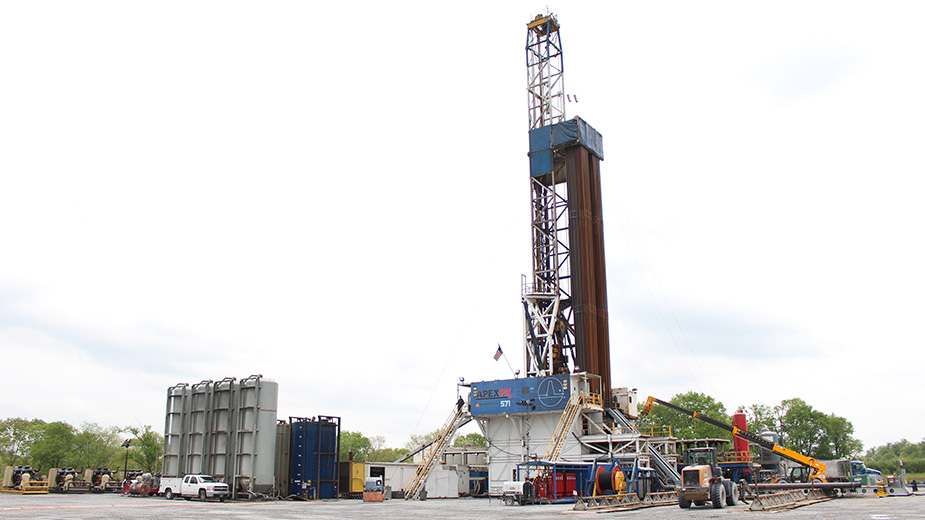Oil and Gas Production Rises in the Utica
YOUNGSTOWN, Ohio – Oil and gas production in eastern Ohio’s Utica shale is projected to rise next month as exploration activity continues to trend upward in the shale play, according to the latest data from the U.S. Energy Information Administration.
EIA’s Drilling Productivity Report shows that the Utica is expected to produce 52,000 barrels of oil per day in August, up from 50,000 barrels a day for July.
Natural gas production also remains strong in the Utica, EIA said. Utica wells are projected to yield 4.55 billion cubic feet of dry and wet gas per day in August, compared with 4.45 billion cubic feet in July, an increase of 104 million cubic feet per day.
Oil and gas production in the nearby Marcellus shale in Pennsylvania and West Virginia is also on the increase, EIA reported.
Wells in the Marcellus should produce 42,000 barrels of oil per day in August, up from the 41,000 barrels per day recorded for July.
Natural gas output is moving at an even more rapid clip, according to the EIA report. Gas production in the Marcellus is expected to come in at 19.75 billion cubic feet of gas per day versus 19.55 billion cubic feet per day in July.
Data released from a new report from the International Energy Agency noted that the global demand for natural gas is projected to grow 1.6% per year over the next five years, 40% of this demand generated by China.
However, the United States stands to produce 40% of the world’s additional gas production by 2022, driven by domestic shale production in the Marcellus and Utica, according to the IEA. The Marcellus alone is expected to increase production by 45% over the next five years, despite the lower pricing environment.
Also, more than half of this production increase will be used for liquefied natural gas, or LNG, exports. By 2022, the IEA estimates that the United States will be on course to challenge Australia and Qatar for global leadership among LNG exporters.
“The U.S. shale revolution shows no sign of running out of steam and its effects are now amplified by a second revolution of rising LNG supplies,” said IEA’s executive director, Fatih Birol.
Copyright 2024 The Business Journal, Youngstown, Ohio.


